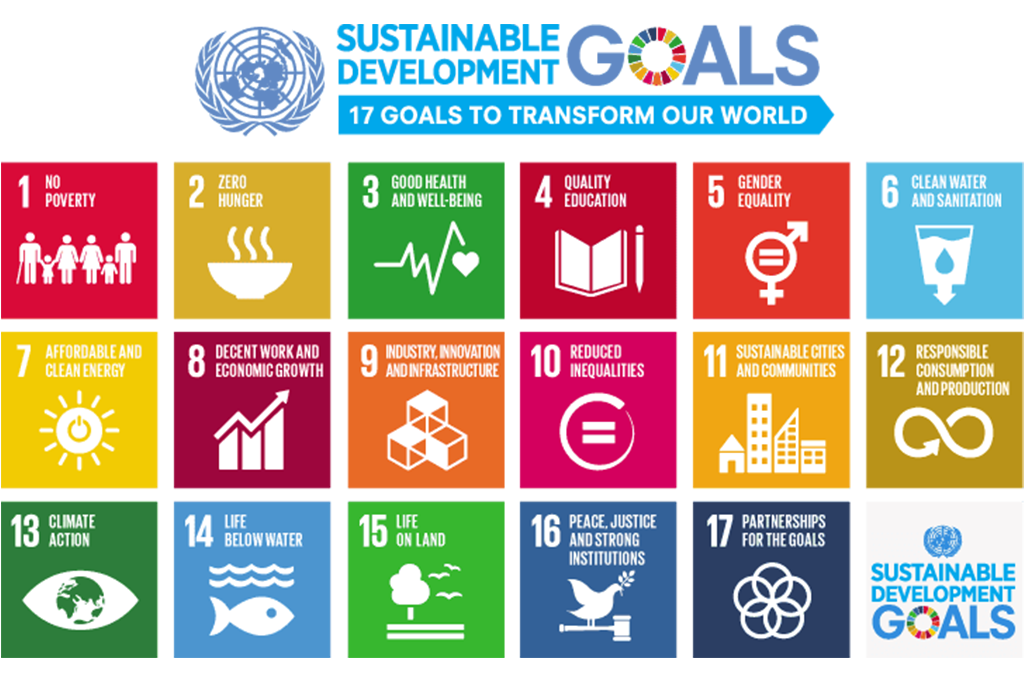Agriculture accounts for about 70% of global freshwater use, making water conservation in this sector essential for sustainability (FAO, 2019). Effective soil management techniques, including soil retention, runoff reduction, and organic practices, can significantly enhance water conservation efforts in agriculture. Improving soil structure and water-holding capacity also strengthens crop resilience, particularly in water-scarce regions.
Improving Soil Structure and Water Retention
Soil structure greatly influences its ability to retain moisture. Research shows that soils with higher organic matter content retain up to 30% more water, allowing crops to survive longer under drought conditions (Lal, 2015). Adding organic amendments, like compost or biochar, improves soil structure and porosity, enhancing water retention. Biochar, a charcoal-like material produced from biomass, has been shown to increase soil water retention by 20-40% in arid climates (Lehmann & Joseph, 2015).
Conservation tillage, which minimizes soil disturbance, further aids water retention by maintaining the natural soil structure. A study conducted in the U.S. Midwest found that conservation tillage increased soil moisture levels by 15% and reduced evaporation rates, leading to higher crop yields during dry periods (Six et al., 2004). These practices not only conserve water but also improve soil health, providing a sustainable approach to agriculture.
Reducing Runoff with Contour Farming and Terracing
Runoff management is critical for water conservation, especially on slopes where water quickly drains away, carrying valuable topsoil with it. Techniques such as contour farming and terracing reduce runoff by slowing water flow and encouraging infiltration. Contour farming involves planting along natural contours, while terracing creates leveled areas on slopes. According to Pimentel et al. (1995), contour farming reduces soil erosion by 50% and runoff by 30%, making it a valuable practice in rain-fed agriculture.
Terracing, widely practiced in the Andean and Southeast Asian highlands, allows for water capture on slopes, enabling more efficient water use. A study on terracing in China’s Loess Plateau found that it increased crop yields by 60% and water-use efficiency by 50% (Li et al., 2014). Both contour farming and terracing are cost-effective ways to maximize water retention and reduce soil erosion.
Organic Mulching and Cover Crops for Moisture Conservation
Mulching involves covering soil with organic or synthetic materials to reduce evaporation, retain moisture, and protect soil health. Organic mulches, such as straw or wood chips, provide additional nutrients as they decompose, improving soil fertility. Research from Teasdale & Mohler (2000) found that mulching can reduce soil moisture loss by 25-30%, significantly lowering water needs in arid regions.
Cover cropping, or planting non-cash crops between growing seasons, also conserves water by reducing erosion, adding organic matter, and preventing soil compaction. Cover crops like clover and ryegrass trap moisture and enhance soil structure, contributing to overall water efficiency. Studies indicate that cover cropping can reduce irrigation needs by up to 20%, supporting crop growth even under limited water conditions (Snapp et al., 2005).
Integrating Soil Management into Water Policy
To achieve sustainable water use in agriculture, policy support is essential for promoting soil management practices. Subsidies and incentives for conservation tillage, cover cropping, and mulching could accelerate adoption rates. Educating farmers about the long-term benefits of soil management for water conservation and crop health would also enhance the effectiveness of these techniques.








